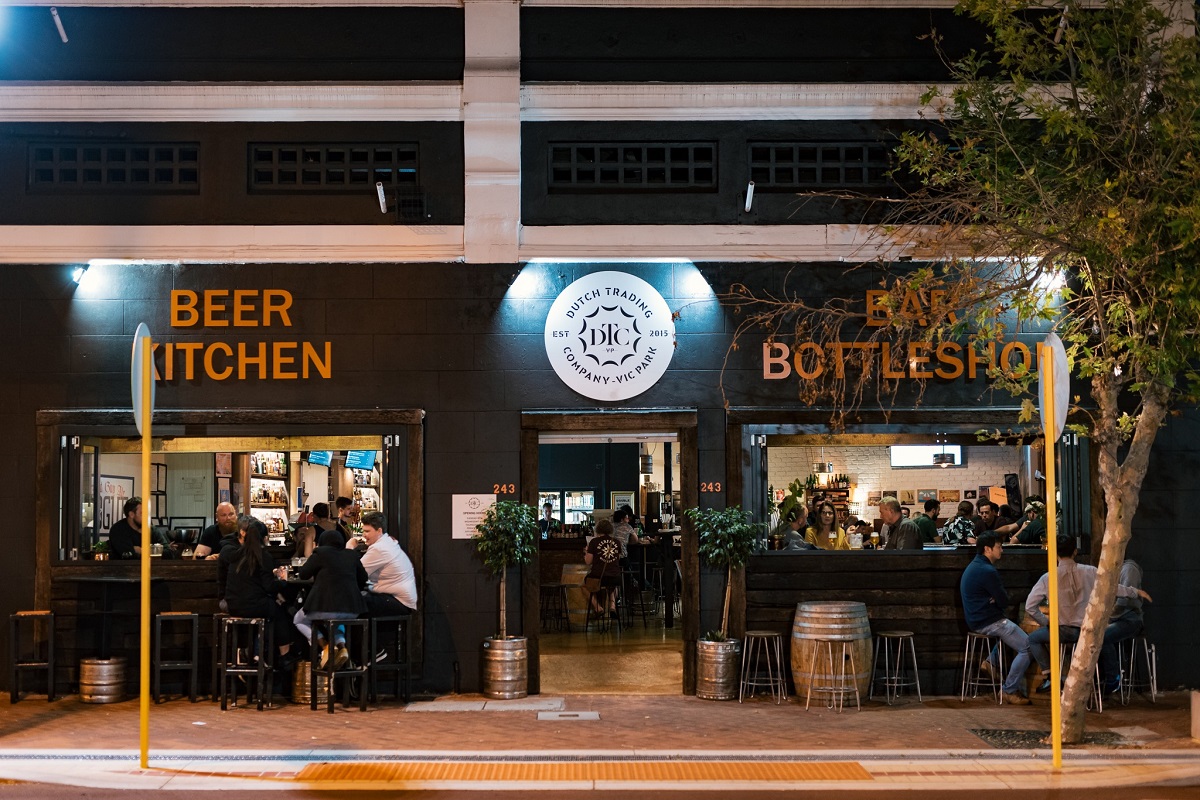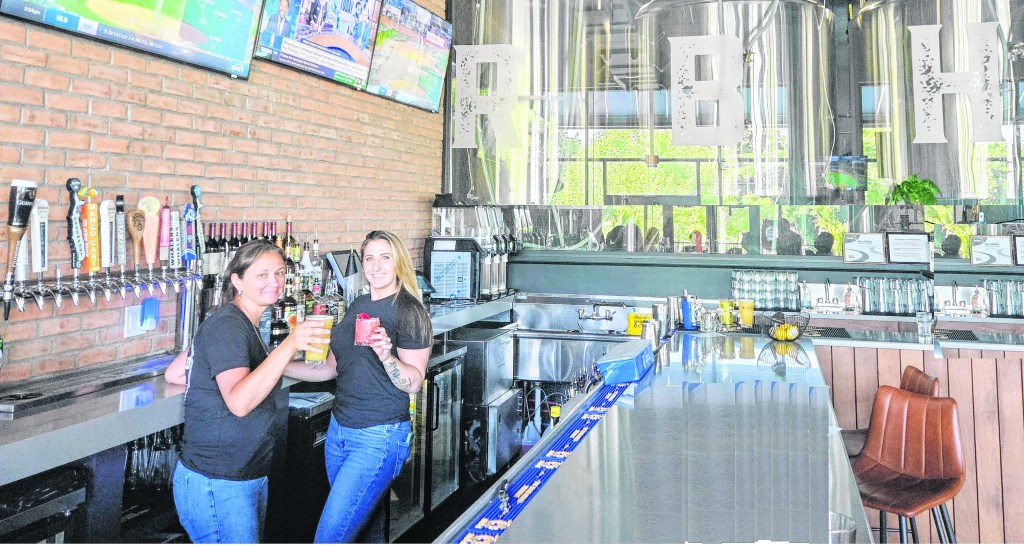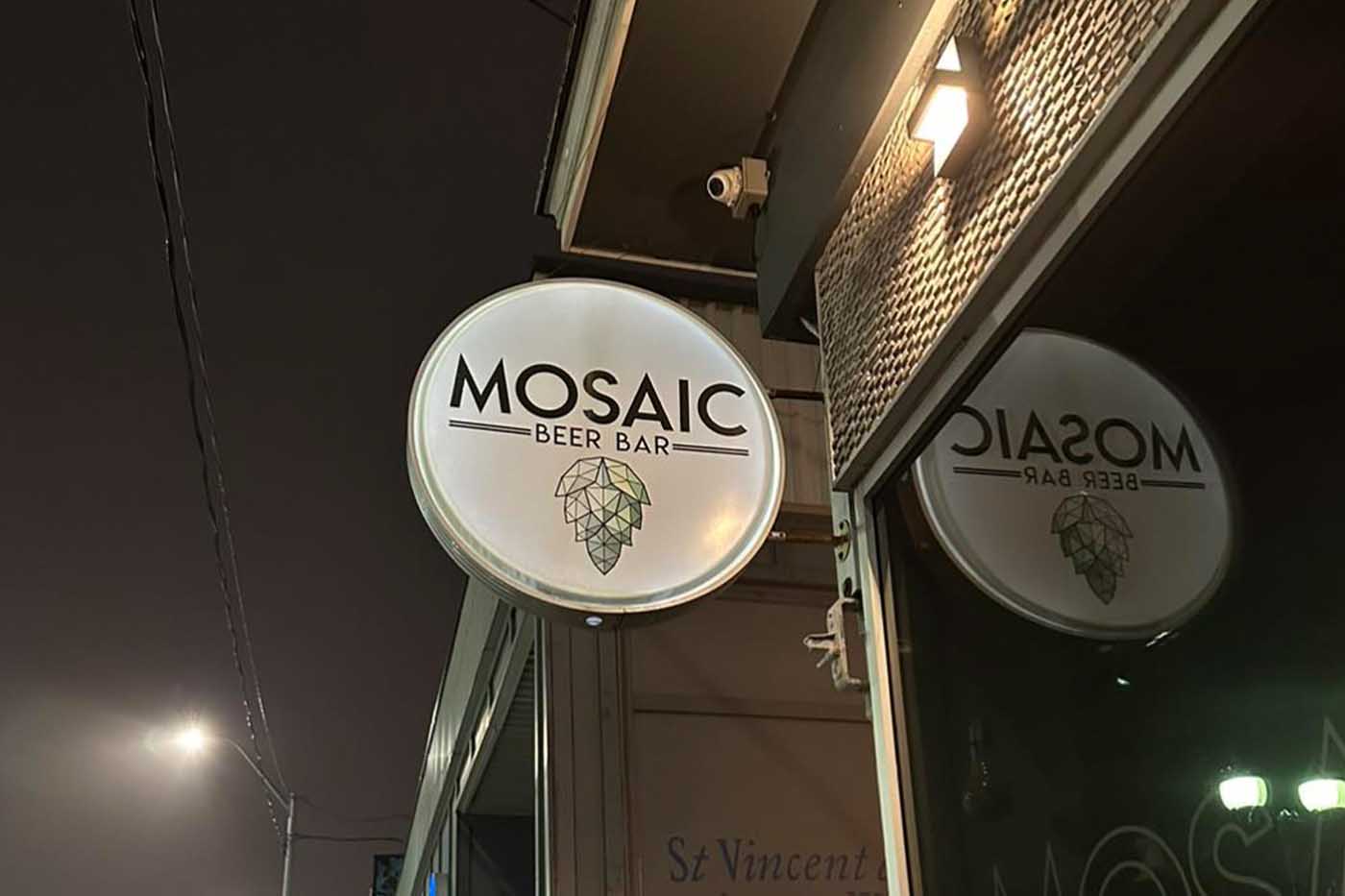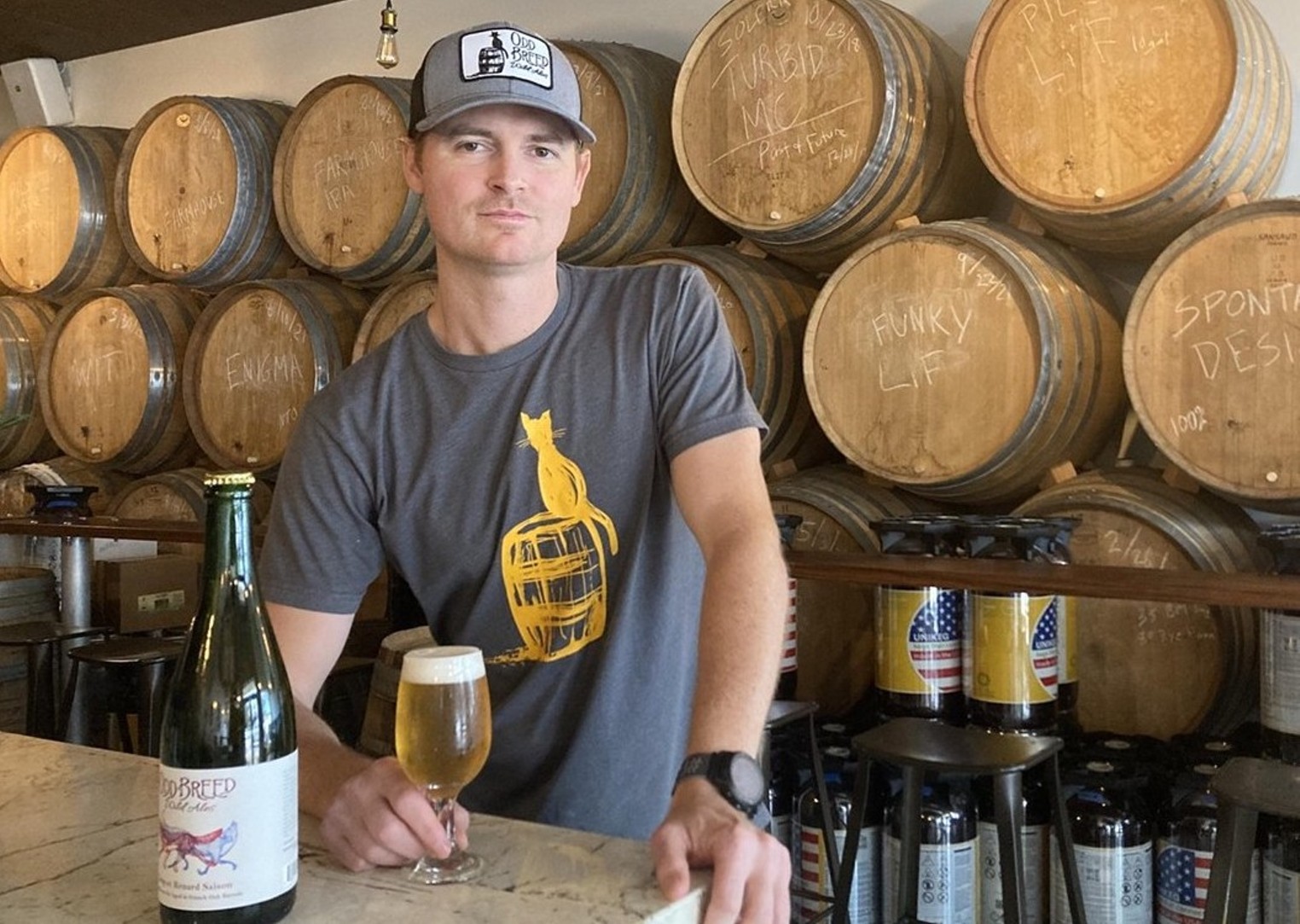The Rise of Hazy IPAs
If you’re a craft beer enthusiast, you’ve probably noticed that hazy IPAs have taken the beer world by storm in recent years. These cloudy, juicy beers have become ubiquitous in taprooms and grocery stores across the country. But with so many options on the market, it can sometimes feel like all hazy IPAs taste the same. So why is that, and how can you brew a hazy IPA that stands out from the crowd?
The Haze Craze
Hazy IPAs, also known as New England IPAs or Northeast IPAs, first gained popularity in the Northeastern United States. Brewers like The Alchemist and Tree House Brewing Company helped to popularize the style, which is characterized by its cloudy appearance, low bitterness, and intense, fruity flavor.
One of the key ingredients in hazy IPAs is a type of yeast called London Ale III. This strain of yeast produces fruity esters that give the beer its distinctive flavor profile. In addition, hazy IPAs often contain high levels of hops, which contribute to both the flavor and the cloudiness of the beer.
The Problem with Uniformity
One of the downsides of the hazy IPA craze is that many breweries are producing very similar beers. This is partially due to the fact that many brewers are using the same ingredients and techniques to make their hazy IPAs. As a result, it can be difficult to taste the difference between one brewery’s hazy IPA and another’s.
However, there are ways to make a hazy IPA that stands out from the crowd. By experimenting with different hop varieties, yeast strains, and brewing techniques, you can create a beer that is truly unique.
Brewing a Distinctive Hazy IPA
Choosing Your Hops
When brewing a hazy IPA, it’s important to choose hops that will complement the beer’s fruity flavor profile. Some popular hop varieties for hazy IPAs include Citra, El Dorado, and Mosaic. Experimenting with different hop combinations can help you to create a beer that is both distinctive and delicious.
Playing with Yeast
As mentioned earlier, London Ale III is a popular yeast strain for hazy IPAs. However, there are many other yeast strains that can be used to create different flavor profiles. For example, using a Belgian saison yeast can give your hazy IPA a spicy, fruity flavor.
Brewing Techniques
Lastly, it’s important to experiment with different brewing techniques in order to create a unique hazy IPA. For example, some brewers are experimenting with dry hopping during fermentation, which can significantly enhance the beer’s aroma and flavor.
In conclusion, while it may sometimes seem like all hazy IPAs taste the same, there are many ways to brew a distinctive and delicious beer. By playing around with different hops, yeast strains, and brewing techniques, you can create a hazy IPA that stands out from the crowd. So get brewing, and don’t be afraid to get creative!






